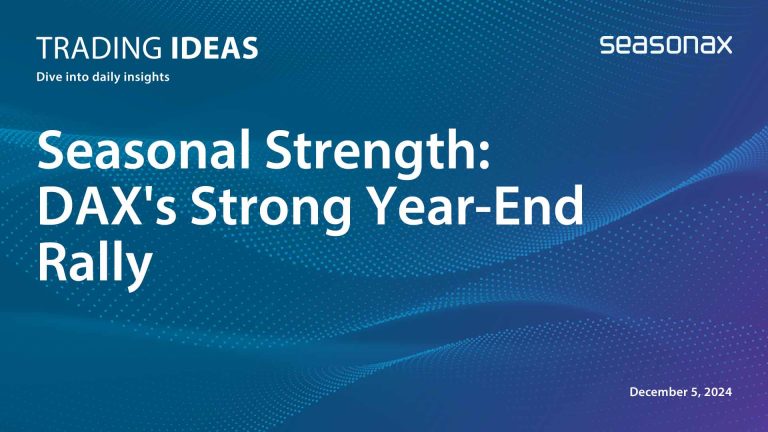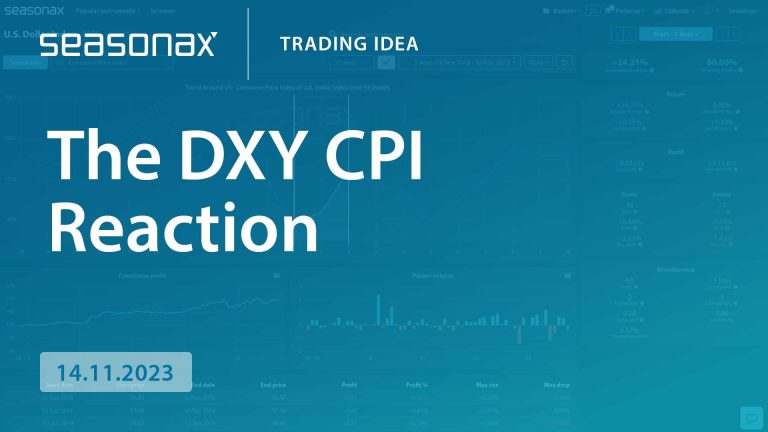Stock markets often exhibit a phenomenon known as the “turn of the month effect,” where returns tend to be higher around the turn of the month compared to other periods. The first few days of the third quarter (Q3) often see increased market activity too.
This can be attributed to a number of reasons like the fact that.Institutional investors typically rebalance their portfolios and fresh capital inflows come in as new funds provide additional liquidity and support for stock prices. Also anticipation of the upcoming earnings season can drive buying activity, especially if expectations are positive. Important economic data releases, such as employment reports and manufacturing indices, can set the tone for market sentiment. Additionally, the start of a new quarter brings renewed optimism and positive sentiment among investors, contributing to upward momentum. Historical trends might also influence behaviour, as some traders position themselves based on past performance patterns.
The start of Q3 has a marked impact on the S&P500. Over the last 15 years the S&P500 has gained 80% of the time with a median return of 1.44%. The maximum gain has been over 6% in the 9 days after the start of Q3. So, will we see some S&P 500 gains this year as the start of Q3 on July 01 approaches?

Technically, the S&P500 has a strong daily trend line from October 2023, and April 2024 which could provide some near term support for buyers. Should price move down to this trend line, ahead of the Q3 seasonal pattern, it is not unreasonable to expect buyers on a first test of that area.
Giles Coghlan, CMT is a seasoned financial writer specialising in macro outlooks and key technical trading strategies
- The major trade risk here is that previous price patterns do not necessarily repeat themselves each year.
Remember, don’t just trade it Seasonax It!


